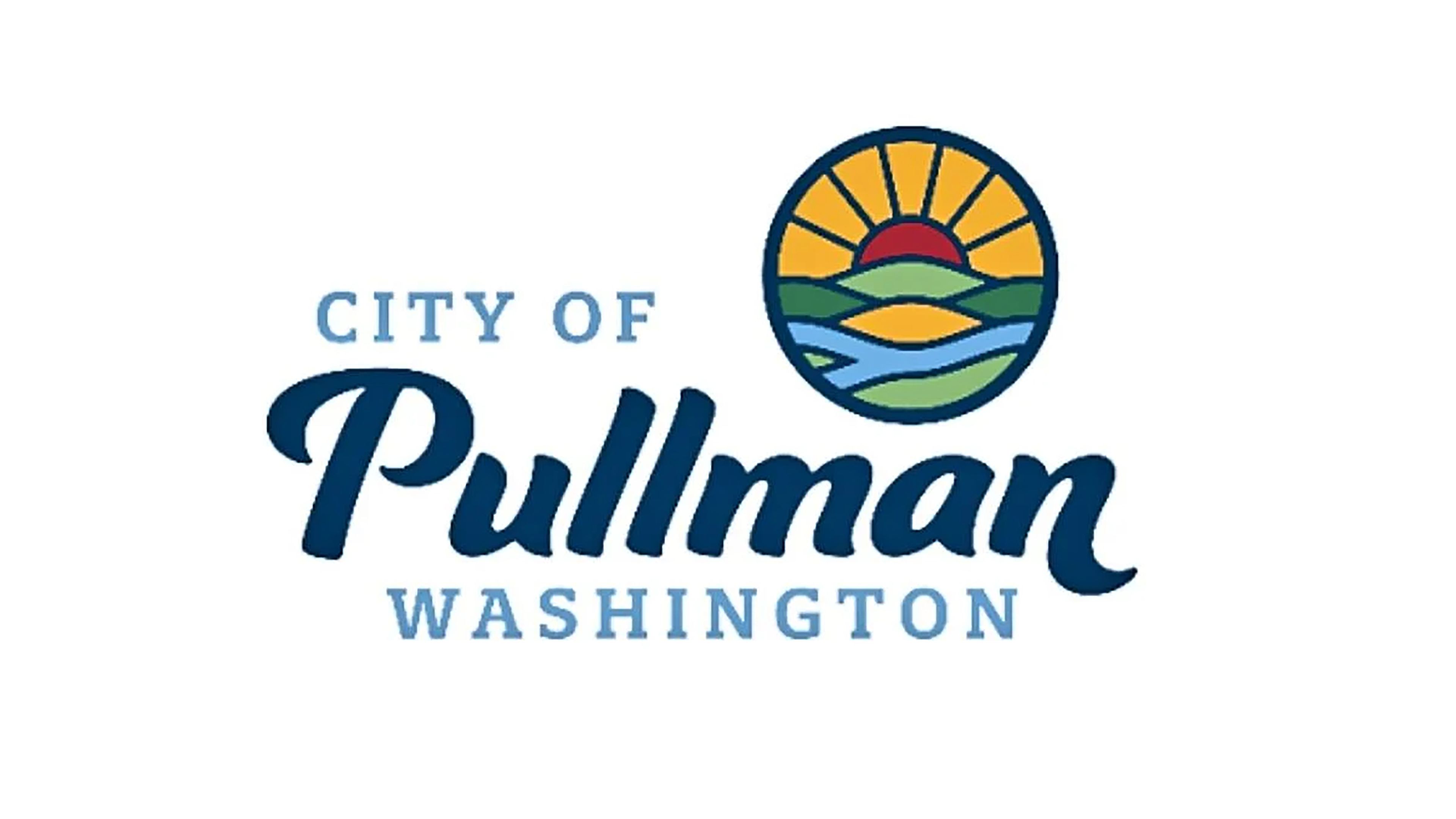GET PAPER MILLS
Entire Lumber Industry Boom With Water TrafficVAST RESOURCE EXPLAINEDUntold Millions Be Saved And New Wealth Created Through Use Of Snake, Says Capt. Ward
This story was published in the Jan. 4, 1934, edition of the Lewiston Tribune.
---
“With the exception of the handicap of high transportation costs, Lewiston would be an excellent location for pulp and paper mills,” Captain Arthur Ward told the Rotary club yesterday noon. “At Lewiston may be found cheap power, low-cost fuel for steam purposes, an excellent class of labor, enormous supplies of high-grade raw material, and excellent water.”
Ward said development of river navigation on the Snake and Columbia riven to Lewiston would develop the vast timber resources tributary to Lewiston. He stressed the appreciation that would accrue to state and national stands of timber.
Vast Untouched Resources
Captain Ward showed that, of the more than 90 billion feet of timber in Idaho, 55,000,000,000 feet are located to drive by water cheaply to Lewiston to be efficiently assembled for manufacture. He estimated that, with a seven-foot channel in the river, then would be a saving of neatly $650,000,000 in freight charges on the timber, and said that a nine-foot channel would save $732,000,000.
“While it is obvious,” said Captain Ward, “that the savings to industry, as compared with getting its products to market by railroad, will be many times the investment necessary to construct this proposed development, it is equally self-evident to those who have given the problem serious study, that this industry cannot continue to pay railroad rates for moving the bulk of its commerce and survive. In other words, given this proposed development, the industry can be rehabilitated and greatly expanded. On the other hand, if this development is withheld, this basic industry of the interior northwest will soon gasp its last breath, a victim of excessive charges to move its products to move its products to market over rail lines.
Public Owned Timber
“The approximately 63 billion feet of timber listed as state and federal owned belongs to the people of the United States. Today it has no commercial value, because with present existing transportation facilities and charges, this timber cannot be manufactured and marketed, return a net profit to the industry, after paying transport charges to market. We believe it is safe to say that whenever a nine-foot navigation is constructed between Weiser, Idaho, the mouth of the Snake river, a distance of approximately 350 miles, the appreciation of this block of timber, which is owned by the people of the United States, will exceed the investment necessary to provide that betterment which is sorely needed; that the economic life, of an empire may be preserved and expanded rather than exterminated.”








